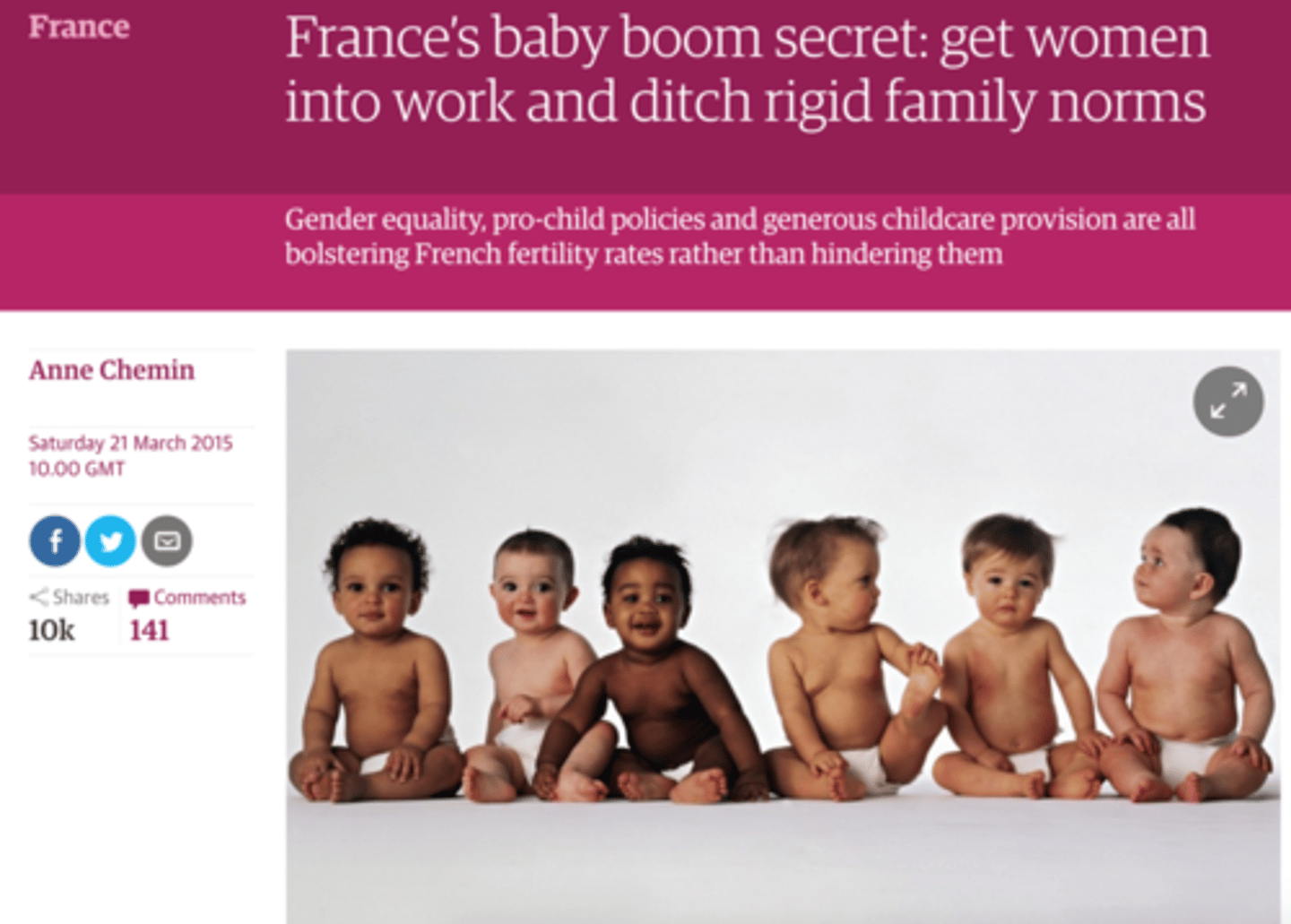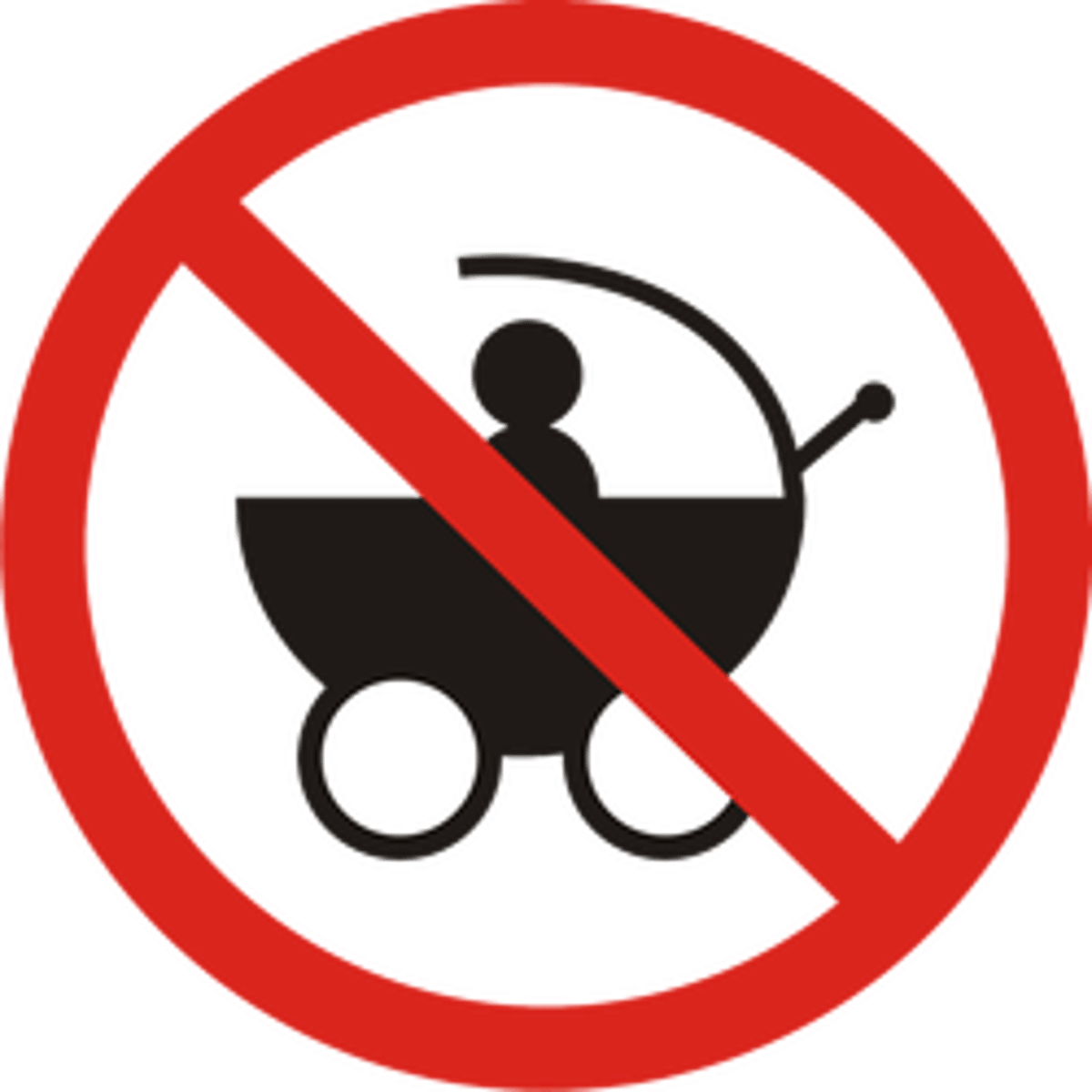Unit 4 Population & Migration - Human Geography
1/43
There's no tags or description
Looks like no tags are added yet.
Name | Mastery | Learn | Test | Matching | Spaced |
|---|
No study sessions yet.
44 Terms
Resources
materials found on the Earth that people need and value
Climate
the average weather conditions in an area over a long period of time
Distribution
where people (or other things) are located across Earth's surface (Where?)
Density
the frequency with which something exists within a given unit of area (How crowded?)
Scale
the relationship between the portion of Earth being studied and the Earth as a whole (we can zoom in and zoom out)
Ecumene
permanently inhabited areas of the Earth's surface
Demographic Transition Model (DTM)
a process of change in a society's population from a condition of high crude birth and death rates and low rate of natural increase to a condition of low crude birth and death rates with a low rate of natural increase (helps us understand the connections between population growth/decline and development)
Demographics
statistical data relating to the population and particular groups within it.
Development
a process of improvement in the material conditions of people through diffusion of knowledge and technology
Developed Country (MDC)
a country that has progressed relatively far along a continuum of development
Developing Country (LDC)
a country that is at a relatively early stage in the process of economic development
Quality of Life
how a person feels about their well-being and satisfaction with their life - happiness, health, personal fulfillment, etc.
Birth Rate (Crude Birth Rate)
the total number of live births in a year for every 1,000 people alive in the society
Death Rate (Crude Death Rate)
the total number of deaths in a year for every 1,000 people alive in the society
Life Expectancy
the average number of years an individual can be expected to live, given current social, economic, and medical conditions
Total Fertility Rate (TFR)
the average number of children born to a woman during her childbearing years (AKA "children per woman")
Infant Mortality Rate
the total number of deaths in a year among infants under one year old for every 1,000 live births in a society
Natural Increase Rate (NIR)
The percentage growth of a population in a year, computed as the crude birth rate minus the crude death rate
Population Pyramid
A bar graph that represents the distribution of population by age and sex
Zero Population Growth (ZPG)
when the crude birth rate equals the crude death rate and the natural increase rate approaches zero
Negative Population Growth (NPG)
when the crude death rate is greater than crude birth rate, resulting in a decrease in the population
Dependency Ratio
the number of people who are too young or too old to work, compared to the number of people of working age
Natural Resources
Materials or substances such as minerals, forests, water, and fertile land that occur in nature and can be used f
Overpopulation
a condition in which the number of people in an area exceeds the capacity of the environment to support them at a decent standard of living
Pro-natalist
the belief that people should be having more babies (increase the birth rate)

Anti-natalist
the belief that people should be having fewer babies (decrease the birth rate)

Youth Dependency Ratio
the number of young people in a population (usually people younger than 15 years of age) too young to work, compared to the working-age people in that population
Elderly Dependency Ratio
the number of older people in a population (usually people over 64 years of age) too old to work, compared to the working-age people in that population
Family Planning
using or providing information, clinical services, and contraceptives to help people choose the number and spacing of children they want to have
Contraception
intentionally preventing pregnancy from occurring (birth control)
Migration
a type of relocation diffusion that is a permanent move to a new location
Push Factor
a negative reason that encourages people to leave their present location
Pull Factor
a positive reason that encourages people to move to a new location
Voluntary Migration
movement in which people relocate in response to perceived opportunity; often economic, sometimes environmental
Forced Migration
movement in which people have been compelled to relocate; often cultural, political or environmental factors
Brain Drain
the loss of highly educated and skilled workers to other countries
Brain Gain
large-scale immigration of highly educated and skilled workers from other countries
Immigration
migration to a location (in)
Emigration
migration from a location (out)
Refugee
a person who has been forced to migrate to another country to avoid armed conflict, situations of generalized violence, violations of human rights, or other threats to their well-being
Internally Displaced Person (IDP)
a person who has been forced from their home but remains in their own country
Asylum Seeker
someone who has migrated to another country in the hope of being recognized as a refugee
Guest Worker
a foreign laborer living and working temporarily in another country
Diaspora
the movement, migration, or scattering of a people away from an established or ancestral homeland